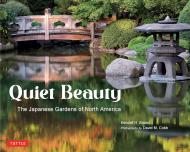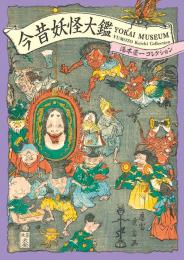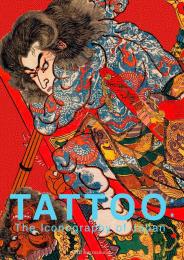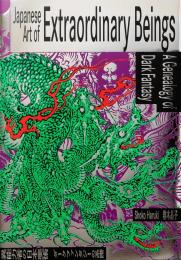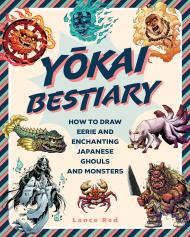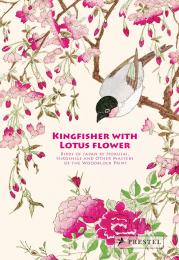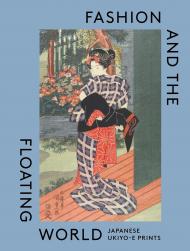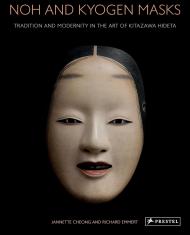Eerie tales of Japanese goblins, ghosts and magic — beautifully illustrated by contemporary Japanese yokai artist Sakyu!
This collection of fifteen chilling tales brings to life a world where the supernatural and earthly realms are seamlessly entwined. The ghosts, goblins and magical creatures in its pages are by turns mischievous, terrifying, protective and tender. Included in this anthology are:
- "The Badger Haunted Temple": A brazen group of friends attempts to rid a temple of a gluttonous, shape-shifting goblin who has taken up residence there
- "A Cherry Flower Idyll": A young man falls in love with the ethereal spirit of a cherry blossom tree and vows to find her in the mortal world
- "The Story of Mimi Nashi Hoichi": A blind bard is summoned to recite the tale of a famous battle to the ghosts of its victims, only to find that his own life is at risk
- And twelve other supernatural tales, including several that rarely appear in English!
About the Author:
Lafcadio Hearn was one of the earliest Western writers to publish stories and essays about supernatural Japan. He arrived in Japan in 1890 and fell in love with the country and its people. After marrying a samurai's daughter, he became a Japanese citizen and changed his name to Yakumo Koizumi. He began publishing books on Japan in 1894, soon becoming known as the great interpreter of all things Japanese to the West.
Yei Theodora Ozaki was born in Victorian England to a Japanese father and an English mother. After her parents' marriage ended, Ozaki began to travel the world, and retell in English the traditional Japanese stories she loved. She later married Yukio Ozaki, a Japanese politician, and went on to publish several collections of Japanese folk tales.
Sakyu is an illustrator based in Osaka whose work frequently depicts yokai and other supernatural beings. Blending traditional styles with modern content, she brings humorous insights to contemporary life in Japan. Since graduating from Kyoto Saga University of Arts, her work has appeared in museums in Japan and abroad, including the Museum of International Folk Art exhibit "Yokai: Ghosts & Demons of Japan," and the video game Samurai Bringer.

